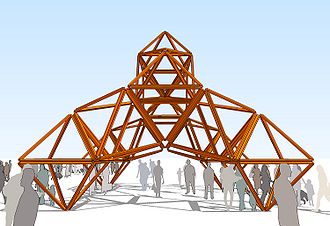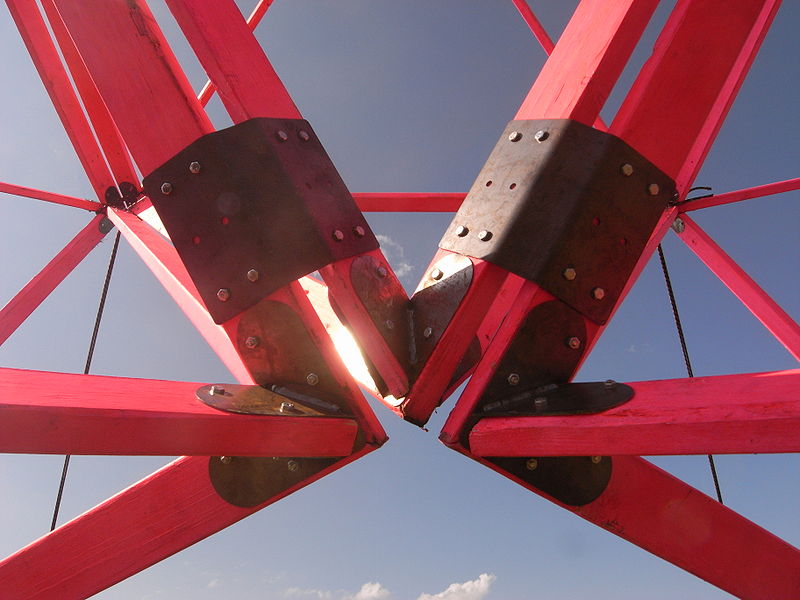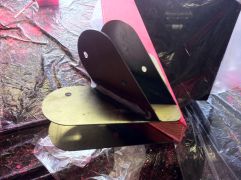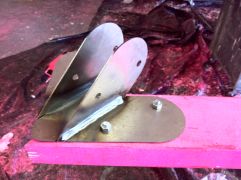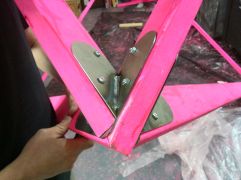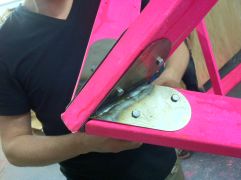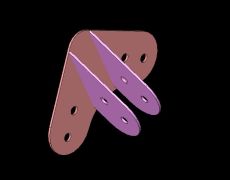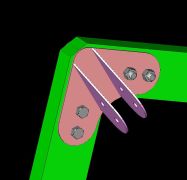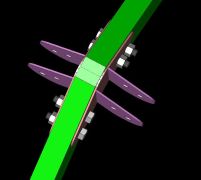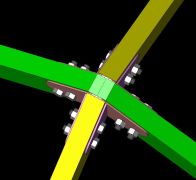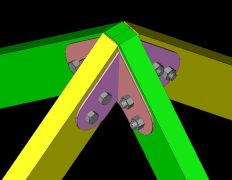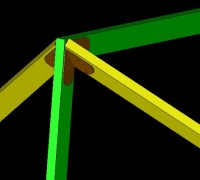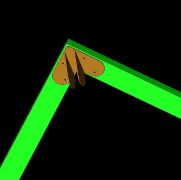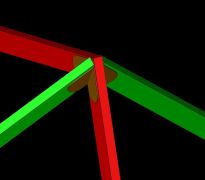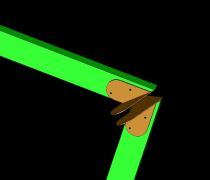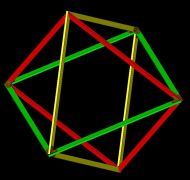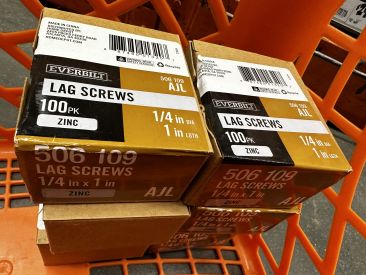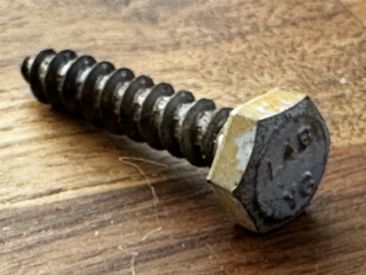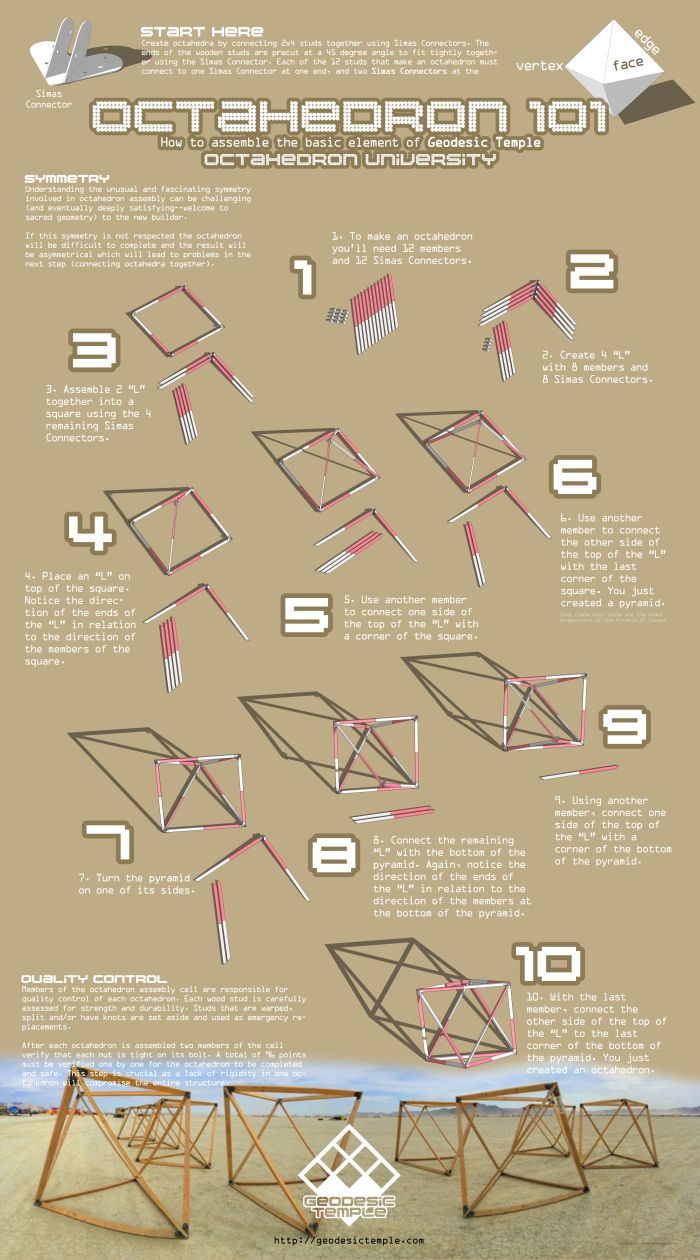Difference between revisions of "System of Geodesic Temple"
(→Skin) |
|||
| (27 intermediate revisions by the same user not shown) | |||
| Line 2: | Line 2: | ||
[[File:GeoTem04pers02.jpg|thumb|right|330px]] | [[File:GeoTem04pers02.jpg|thumb|right|330px]] | ||
Geodesic Temple is an expression of the Disorient philosophy: individual cells work together to create the ever-evolving landscape of life. As such, Disorient is inspired by the biological model. It is an art-centered, inspirational and nourishing collective that feeds on positive energy. It is open source and creates systems that can be taken apart by others and from which new systems can be developed. | Geodesic Temple is an expression of the Disorient philosophy: individual cells work together to create the ever-evolving landscape of life. As such, Disorient is inspired by the biological model. It is an art-centered, inspirational and nourishing collective that feeds on positive energy. It is open source and creates systems that can be taken apart by others and from which new systems can be developed.<BR> | ||
Geodesic Temple is a modular system that uses the octahedron as a building block to create self-supporting structures. The octahedron is one of the five platonic solids. It has been used through the ages in sacred geometry and spiritual architecture. According to various traditions, each of the five platonic solids carries special teachings. The octahedron, also known as “the seed of life,” is symbolic of the union of heaven and earth, which exists within each of us. It also represents the Heart Chakra, serving as an expression of self-love and compassion. The octahedron is connected with the element of Air, consciousness, the breath of life, and new beginnings. | Geodesic Temple is a modular system that uses the octahedron as a building block to create self-supporting structures. The octahedron is one of the five platonic solids. It has been used through the ages in sacred geometry and spiritual architecture. According to various traditions, each of the five platonic solids carries special teachings. The octahedron, also known as “the seed of life,” is symbolic of the union of heaven and earth, which exists within each of us. It also represents the Heart Chakra, serving as an expression of self-love and compassion. The octahedron is connected with the element of Air, consciousness, the breath of life, and new beginnings.<BR> | ||
From this rich symbolic basis, Geodesic Temple derives a special power to enable profound personal realizations and transformative collective experiences. From a distance, the Temple seems complex, but as the viewer comes closer, she encounters a fundamental shift of awareness upon discovering the simplicity of the components and the logic of the structure. This shift of awareness challenges expectations, opening the heart and mind to new possibilities.<BR> | From this rich symbolic basis, Geodesic Temple derives a special power to enable profound personal realizations and transformative collective experiences. From a distance, the Temple seems complex, but as the viewer comes closer, she encounters a fundamental shift of awareness upon discovering the simplicity of the components and the logic of the structure. This shift of awareness challenges expectations, opening the heart and mind to new possibilities.<BR> | ||
Geodesic Templars are students of the [https://en.wikipedia.org/wiki/Vastu_shastra Vastu Shastra].<BR> | |||
==PHYSICAL DESCRIPTION== | ==PHYSICAL DESCRIPTION== | ||
| Line 21: | Line 23: | ||
===Reuse=== | ===Reuse=== | ||
As an art collective, Disorient has developed a distributed approach to art making supported by a rich vocabulary of [[Disorient_Model#Disorient_Module|modules]]. The octahedra of Geodesic Temple are part of Disorient's visual vocabulary and are often reused and reconfigured to create new versions of Geodesic Temple. You can see examples of several structure configurations based on the same octahedron in the Temple Library | As an art collective, Disorient has developed a distributed approach to art making supported by a rich vocabulary of [[Disorient_Model#Disorient_Module|modules]]. The octahedra of Geodesic Temple are part of Disorient's visual vocabulary and are often reused and reconfigured to create new versions of Geodesic Temple. You can see examples of several structure configurations based on the same octahedron in the Temple Library. Read more about [[System_of_Geodesic_Temple#Reuse_of_Connectors|reuse of Connectors]].<BR> | ||
===Safety=== | ===Safety=== | ||
Geodesic Temple | Geodesic Temple is not designed to be climbed. The center of each wooden stud is the most fragile area.<BR> | ||
==CONNECTORS== | ==CONNECTORS== | ||
| Line 30: | Line 32: | ||
Geodesic Temple uses metal connectors to assemble wooden studs into octahedra and connect octahedra together: the Simas connector and the Lowroad connector respectively, both named after their designers.<BR> | Geodesic Temple uses metal connectors to assemble wooden studs into octahedra and connect octahedra together: the Simas connector and the Lowroad connector respectively, both named after their designers.<BR> | ||
[[File:GeoTem04_PDF_Spring2011_02.jpg| | [[File:GeoTem04_PDF_Spring2011_02.jpg|800px]]<BR> | ||
===Simas Connector - connects 2x4 studs into octahedra=== | ===Simas Connector - connects 2x4 studs into octahedra=== | ||
Version 1.0 (Mars 2011) - Simas Connector 1.0 is made of three 1/16" steel plates welded together. Two Simas Connectors are needed at each | Version 1.0 (Mars 2011) - Simas Connector 1.0 is made of three 1/16" steel plates welded together. Two Simas Connectors are needed at each vertex of the Octahedron (See pictures below). Holes receive 1/4"x2" bolts.<BR> | ||
[[File:Simas-Connector01.jpg|200px]] [[File:Simas-Connector02.jpg|200px]] [[File:Simas-Connector03.jpg|200px]] [[File:Simas-Connector04.jpg|200px]] [[File:Simas-Connector05.jpg|200px]] | |||
[[File:SimasConnector10-10.jpg|100px]] [[File:SimasConnector10-01.jpg|100px]] [[File:SimasConnector10-02.jpg|100px]] [[File:SimasConnector10-08.jpg|100px]] [[File:SimasConnector10-09.jpg|100px]] [[File:SimasConnector10-03.jpg|100px]] [[File:SimasConnector10-04.jpg|100px]] [[File:SimasConnector10-05.jpg|100px]] [[File:SimasConnector10-06.jpg|100px]] [[File:SimasConnector10-07.jpg|100px]] | <gallery mode="packed-hover"> | ||
Image:Simas-Connector01.jpg | |||
Image:Simas-Connector02.jpg | |||
Image:Simas-Connector03.jpg | |||
Image:Simas-Connector04.jpg | |||
Image:Simas-Connector05.jpg | |||
Image:SimasConnector10-10.jpg | |||
Image:SimasConnector10-01.jpg | |||
Image:SimasConnector10-02.jpg | |||
Image:SimasConnector10-08.jpg | |||
Image:SimasConnector10-09.jpg | |||
Image:SimasConnector10-03.jpg | |||
Image:SimasConnector10-04.jpg | |||
Image:SimasConnector10-05.jpg | |||
Image:SimasConnector10-06.jpg | |||
Image:SimasConnector10-07.jpg | |||
Image:SimasConnector-Sheet-Layout.gif | |||
</gallery><BR> | |||
<!-- | |||
[[File:Simas-Connector01.jpg|200px]] [[File:Simas-Connector02.jpg|200px]] [[File:Simas-Connector03.jpg|200px]] [[File:Simas-Connector04.jpg|200px]] [[File:Simas-Connector05.jpg|200px]] | |||
[[File:SimasConnector10-10.jpg|100px]] [[File:SimasConnector10-01.jpg|100px]] [[File:SimasConnector10-02.jpg|100px]] [[File:SimasConnector10-08.jpg|100px]] [[File:SimasConnector10-09.jpg|100px]] [[File:SimasConnector10-03.jpg|100px]] [[File:SimasConnector10-04.jpg|100px]] [[File:SimasConnector10-05.jpg|100px]] [[File:SimasConnector10-06.jpg|100px]] [[File:SimasConnector10-07.jpg|100px]] | |||
[[File:SimasConnector-Sheet-Layout.gif|300px]]<BR> | [[File:SimasConnector-Sheet-Layout.gif|300px]]<BR> | ||
--> | |||
Version 1.1 (April 2011) - Same as 1.0 plus 45 degree reinforcement bar on the side, between the plates.<BR> | Version 1.1 (April 2011) - Same as 1.0 plus 45 degree reinforcement bar on the side, between the plates.<BR> | ||
| Line 48: | Line 71: | ||
In May 2022, Simas designed and fabricated those new Simas Connectors especially for The Tenth. They are designed to fit 2x6 studs. The original Simas Connectors were for 2x4 studs.<BR> | In May 2022, Simas designed and fabricated those new Simas Connectors especially for [[The_Tenth|The Tenth]]. They are designed to fit 2x6 studs. The original Simas Connectors were for 2x4 studs.<BR> | ||
[[File:2022SimasConnectorsFor2x6Studs.jpg|805px]] | [[File:2022SimasConnectorsFor2x6Studs.jpg|805px]] | ||
| Line 55: | Line 78: | ||
Version 1.0 (May 2011) Lowroad Connector 1.0 is made of one 1/8" steel plate bent in two places. Holes receive 1/4"x2" bolts.<BR> | Version 1.0 (May 2011) Lowroad Connector 1.0 is made of one 1/8" steel plate bent in two places. Holes receive 1/4"x2" bolts.<BR> | ||
[[File:LowroadConnector10-01.jpg|190px]] [[File:LowroadConnector10-02.jpg|160px]] [[File:LowroadConnector10-03.jpg|160px]] [[File:LowroadConnector10-04.jpg|160px]] [[File:LowroadConnector10-05.jpg|160px]] [[File:LowroadConnector10-06.jpg|160px]]<BR> | [[File:LowroadConnector10-01.jpg|190px]] [[File:LowroadConnector10-02.jpg|160px]] [[File:LowroadConnector10-03.jpg|160px]] [[File:LowroadConnector10-04.jpg|160px]] [[File:LowroadConnector10-05.jpg|160px]] [[File:LowroadConnector10-06.jpg|160px]]<BR> | ||
===Reuse of Connectors=== | |||
Most Simas and Lowroad Connectors can be reusable dozens of times after being exposed to fire.<BR> | |||
The strength of a Connector is not significantly affected because only the outer layer rusts after being exposed to fire while the internals stay intact.<BR> | |||
Each Connector should be cleaned and inspected after being hammered back into shape. Some may be retired, but most will still be fine. All Connectors are inspected after each use and only used again if they pass quality checks.<BR> | |||
[[Image:GeodesicTempleTheEleventhDisorientCCXi00047.jpg|400px]]<BR> | |||
<I>John Foster fixing distorted Connectors in preparation for [[The Eleventh]] at [[Disorient_presents:_CCXI_-_Satellite_Seances|Country Club Xi]]</I> | |||
==STUDS== | ==STUDS== | ||
| Line 72: | Line 105: | ||
[[File:GeoTemAluminumMember20180221.1.jpg|220px]] [[File:GeoTemAluminumMember20180221.2.jpg|220px]] [[File:GeoTemAluminumMember20180221.3.jpg|220px]] [[File:GeoTemAluminumMember20180221.6.jpg|220px]]<BR> | [[File:GeoTemAluminumMember20180221.1.jpg|220px]] [[File:GeoTemAluminumMember20180221.2.jpg|220px]] [[File:GeoTemAluminumMember20180221.3.jpg|220px]] [[File:GeoTemAluminumMember20180221.6.jpg|220px]]<BR> | ||
==HARDWARE (BOLTS, WASHERS, NUTS)== | ==HARDWARE (BOLTS, WASHERS, NUTS, SCREWS)== | ||
Holes on both Simas and Lowroad connectors are designed to receive 0.25" bolts | ===1/4" Bolts=== | ||
Holes on both Simas and Lowroad connectors are designed to receive 0.25" bolts so 0.25"x2.5" bolt/washer/nut is only size used throughout octahedra assembly and connections. Shorter 0.25"x2" can work with optimum alignments but 0.25"x2.5" gives comfortable wiggle-room and simplifies assembly less than perfect situations. Longer bolts of the same diameter can be used if the prescribed sizes are not available. | |||
96 bolt/washer/nut units are needed to assemble one octahedron.<BR> | 96 bolt/washer/nut units are needed to assemble one octahedron.<BR> | ||
24 bolt/washer/nut units are needed to connect two octahedra together. | 24 bolt/washer/nut units are needed to connect two octahedra together.<BR> | ||
===Lag screws and sheetrock screws=== | |||
In some cases bolts can be replaced with screws for octahedra designed to be burned a few days after construction. Lag screws (1' x 1/4" or 1 1/4" x 1/4") are preferred but 1 1/4" sheetrock screws (and washers) have proven to provide good holding power when lag screws are not available. Mixing lag and sheetrock screws on each Connector is recommended when running out of lag screws.<BR> | |||
[[Image:CCXiGeoTemLagScrews.jpg|366px]] [[Image:GeodesicTempleLagScrewForConnectors.jpg|366px]] | |||
==ASSEMBLY== | ==ASSEMBLY== | ||
| Line 84: | Line 123: | ||
===Octahedron Assembly=== | ===Octahedron Assembly=== | ||
Create octahedra by connecting 2x4s together using Simas Connectors. The ends of the wooden studs are precut at an angle to fit tightly together using the Simas Connector. <b>Each of the 12 studs that make an octahedron must connect to one Simas connector at one end and two Simas connectors at the other end</b>. Repeat the process until the octahedron is complete. There is an unusual and fascinating symmetry involved in octahedron assembly the understanding of which can be demanding (and eventually deeply satisfying--welcome to sacred geometry) to the new builder. If this symmetry is not respected the octahedron will be difficult to complete and the result will be asymmetrical which will lead to problems in the next step (connecting octahedra together). Members of this cell are responsible for quality control of each octahedron. Each wood stud is carefully assessed for strength and durability. Studs that are warped, split and/or have knots are set aside and used as emergency replacements only if necessary. After each octahedron is assembled two members of the cell verify that each nut is tight on its bolt. A total of 96 points must be verified one by one for the octahedron to be completed and safe. This step is crucial as a lack of rigidity in one octahedron could compromise the entire structure. | Visual description at [[#Octahedron_101_banner|Octahedron 101 banner]]<BR> | ||
Create octahedra by connecting 2x4s together using Simas Connectors. The ends of the wooden studs are precut at an angle to fit tightly together using the Simas Connector. <b>Each of the 12 studs that make an octahedron must connect to one Simas connector at one end and two Simas connectors at the other end</b>. Repeat the process until the octahedron is complete.<BR> | |||
There is an unusual and fascinating symmetry involved in octahedron assembly the understanding of which can be demanding (and eventually deeply satisfying--welcome to sacred geometry) to the new builder. If this symmetry is not respected the octahedron will be difficult to complete and the result will be asymmetrical which will lead to problems in the next step (connecting octahedra together).<BR> | |||
Members of this cell are responsible for quality control of each octahedron. Each wood stud is carefully assessed for strength and durability. Studs that are warped, split and/or have knots are set aside and used as emergency replacements only if necessary. After each octahedron is assembled two members of the cell verify that each nut is tight on its bolt. A total of 96 points must be verified one by one for the octahedron to be completed and safe. This step is crucial as a lack of rigidity in one octahedron could compromise the entire structure. | |||
===Connecting Octahedra together=== | ===Connecting Octahedra together=== | ||
| Line 92: | Line 137: | ||
The last step of [[Geodesic_Temple#GeoTem04|GeoTem04]] assembly--to continue with this example--is known as the Click. Connecting arch A and arch B together using the Lowroad Connector. It requires 13 people and a 10-12' tall box truck. The top of the box truck is prepped with a platform made of 3 sheets of 4'x8' 3/4" plywood screwed together to two 2x4x10' studs and secured to the box truck with ratchet straps. This platform allows a specialized cell to work on top of the truck to do the final connect. All four legs of the two arches need to be on the same plane, preferably horizontal, which means that the ground needs to be measured and possibly dug in some locations for the Click to happen smoothly.<BR> | The last step of [[Geodesic_Temple#GeoTem04|GeoTem04]] assembly--to continue with this example--is known as the Click. Connecting arch A and arch B together using the Lowroad Connector. It requires 13 people and a 10-12' tall box truck. The top of the box truck is prepped with a platform made of 3 sheets of 4'x8' 3/4" plywood screwed together to two 2x4x10' studs and secured to the box truck with ratchet straps. This platform allows a specialized cell to work on top of the truck to do the final connect. All four legs of the two arches need to be on the same plane, preferably horizontal, which means that the ground needs to be measured and possibly dug in some locations for the Click to happen smoothly.<BR> | ||
Most Geodesic Temples require a Click step, meaning that parts of the final structure are assembled separately, then those parts are connected together. Different Geodesic Temples require different Clicks. Some Clicks require heavy machinery. The Click of Tetrax for instance [http://wiki.disorient.info/images/0/04/GeoTemTetraxBM2017.2.jpg requires a crane].<BR><BR> | Most Geodesic Temples require a Click step, meaning that parts of the final structure are assembled separately, then those parts are connected together. Different Geodesic Temples require different Clicks. Some Clicks require heavy machinery. The Click of Tetrax for instance [http://wiki.disorient.info/images/0/04/GeoTemTetraxBM2017.2.jpg requires a crane].<BR> | ||
===Octahedron 101 banner=== | |||
[[Image:GeoTemOctahedronAssemblyBanner20190728wiki.jpg|700px]]<BR> | |||
{{:Geodesic_Temple_footer_nav}} | |||
Latest revision as of 19:47, 7 November 2024
OVERVIEW
Geodesic Temple is an expression of the Disorient philosophy: individual cells work together to create the ever-evolving landscape of life. As such, Disorient is inspired by the biological model. It is an art-centered, inspirational and nourishing collective that feeds on positive energy. It is open source and creates systems that can be taken apart by others and from which new systems can be developed.
Geodesic Temple is a modular system that uses the octahedron as a building block to create self-supporting structures. The octahedron is one of the five platonic solids. It has been used through the ages in sacred geometry and spiritual architecture. According to various traditions, each of the five platonic solids carries special teachings. The octahedron, also known as “the seed of life,” is symbolic of the union of heaven and earth, which exists within each of us. It also represents the Heart Chakra, serving as an expression of self-love and compassion. The octahedron is connected with the element of Air, consciousness, the breath of life, and new beginnings.
From this rich symbolic basis, Geodesic Temple derives a special power to enable profound personal realizations and transformative collective experiences. From a distance, the Temple seems complex, but as the viewer comes closer, she encounters a fundamental shift of awareness upon discovering the simplicity of the components and the logic of the structure. This shift of awareness challenges expectations, opening the heart and mind to new possibilities.
Geodesic Templars are students of the Vastu Shastra.
PHYSICAL DESCRIPTION
Geodesic Temple is a meta-modular, self-supporting, burnable structure made of a series of octahedra, a regular polyhedron with 8 identical equilateral triangular faces which is also a geodesic volume and a platonic solid. The octahedron is used as the structural building block to create self-supporting architectures to which skins, lights, facades, etc. can be added. In that sense, Geodesic Temple is about transparency and truth. Octahedra usually have similar sizes and are made of identical studs.
Modular
Modularity is one of the core principles of Disorient as expressed in the Disorient Model. Geodesic Temple is a meta-modular (modules made of modules) structure based on a single module, a octahedron.
Economy
Geodesic Temple is economical because of the inherent strength of triangles. It takes less material to build a self-supporting structure with octahedra than it would using orthogonal building blocks since triangles, being inherently triangulated, are stronger than rectangles. Geodesic Temple is visually and physically light for its size. It is ethereal.
Skin
Sides of octahedra can be partially or completely skinned. Skinning the structure with plywood or fabric provides additional shade but adds wind resistance.
Reuse
As an art collective, Disorient has developed a distributed approach to art making supported by a rich vocabulary of modules. The octahedra of Geodesic Temple are part of Disorient's visual vocabulary and are often reused and reconfigured to create new versions of Geodesic Temple. You can see examples of several structure configurations based on the same octahedron in the Temple Library. Read more about reuse of Connectors.
Safety
Geodesic Temple is not designed to be climbed. The center of each wooden stud is the most fragile area.
CONNECTORS
Geodesic Temple uses metal connectors to assemble wooden studs into octahedra and connect octahedra together: the Simas connector and the Lowroad connector respectively, both named after their designers.
Simas Connector - connects 2x4 studs into octahedra
Version 1.0 (Mars 2011) - Simas Connector 1.0 is made of three 1/16" steel plates welded together. Two Simas Connectors are needed at each vertex of the Octahedron (See pictures below). Holes receive 1/4"x2" bolts.
Version 1.1 (April 2011) - Same as 1.0 plus 45 degree reinforcement bar on the side, between the plates.
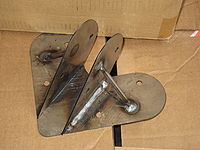
Version 2.0 (May 2011) - Based on previous versions. Increased steel thickness to 1/8".
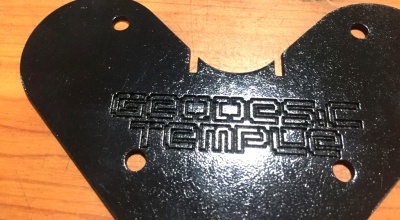
Version 3.0 (Dec 2015) - Small changes and additional plates on the Simas connector allow for metal-to-metal connection between octahedra. The Lowroad connectors are no longer needed. File:SimasConnector20151204.skp animation
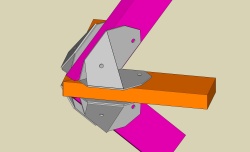
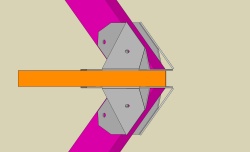

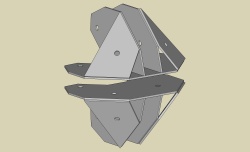
In May 2022, Simas designed and fabricated those new Simas Connectors especially for The Tenth. They are designed to fit 2x6 studs. The original Simas Connectors were for 2x4 studs.
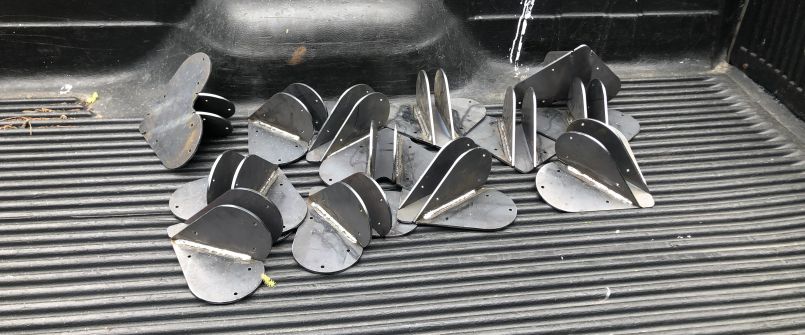
Lowroad Connector - connects octahedra together
Version Alpha (April 2011): GeoTemAlpha was assembled using off the shelf metal plates screwed into the 2x4 studs.
Version 1.0 (May 2011) Lowroad Connector 1.0 is made of one 1/8" steel plate bent in two places. Holes receive 1/4"x2" bolts.
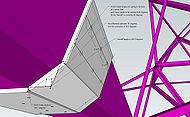
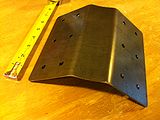
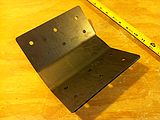

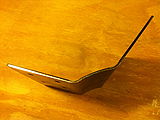
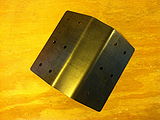
Reuse of Connectors
Most Simas and Lowroad Connectors can be reusable dozens of times after being exposed to fire.
The strength of a Connector is not significantly affected because only the outer layer rusts after being exposed to fire while the internals stay intact.
Each Connector should be cleaned and inspected after being hammered back into shape. Some may be retired, but most will still be fine. All Connectors are inspected after each use and only used again if they pass quality checks.
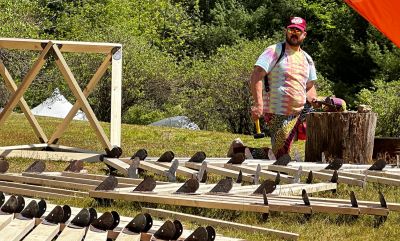
John Foster fixing distorted Connectors in preparation for The Eleventh at Country Club Xi
STUDS
Wood
Geodesic Temple uses basic 2x4 construction wooden studs widely available in United States. Although they are called 2x4, their section is actually 1.5"x3.5". The connectors are designed to work with those dimensions.
Geodesic Temple most often uses 8 ft. long 2x4 studs but other lengths can work too. Sarcophagus (Dubai 2016), for instance, was built with 4 meter long 2x4 studs. Following our modular stance, the 12 wooden studs necessary to create an octahedron are all identical and interchangeable BUT they are directional which means that the holes to secure the Simas connector to the stud are not placed on the same location on both ends. To that end we use a jig to cut and drill every stud.
For special cases, wooden studs can be reinforced or replaced with other material such as engineered wood or metal as long as the dimensions of the stud remains 1.5"x3.5" at the extremities that meet the Simas connectors. Warning: if dimensions of the section of the studs where two octahedra meet are larger than 1.5"x3.5" the connectors might not fit.
Aluminum
Version 0.1 (20180221)
This version integrates stud, connectors (Simas and Lowroad) and lights into a single aluminum object. Several of these objects can link to each other to manifest octahedra and larger structures. Separate connectors are no longer needed to create a GeoTem structure.
3D model: GeoTemAluminumMember20180221.skp
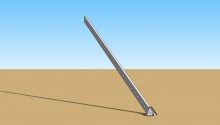
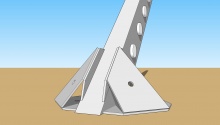

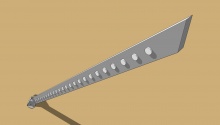
HARDWARE (BOLTS, WASHERS, NUTS, SCREWS)
1/4" Bolts
Holes on both Simas and Lowroad connectors are designed to receive 0.25" bolts so 0.25"x2.5" bolt/washer/nut is only size used throughout octahedra assembly and connections. Shorter 0.25"x2" can work with optimum alignments but 0.25"x2.5" gives comfortable wiggle-room and simplifies assembly less than perfect situations. Longer bolts of the same diameter can be used if the prescribed sizes are not available.
96 bolt/washer/nut units are needed to assemble one octahedron.
24 bolt/washer/nut units are needed to connect two octahedra together.
Lag screws and sheetrock screws
In some cases bolts can be replaced with screws for octahedra designed to be burned a few days after construction. Lag screws (1' x 1/4" or 1 1/4" x 1/4") are preferred but 1 1/4" sheetrock screws (and washers) have proven to provide good holding power when lag screws are not available. Mixing lag and sheetrock screws on each Connector is recommended when running out of lag screws.
ASSEMBLY
Different cells are dedicated to specific parts of the assembly process. The repetitive aspect of this construction allows members of each cell to become experts at the specific tasks performed which translates into more accurate fabrication, faster assembly and safer structure.
The different steps of on-site assembly are performed in parallel by several cells.
Octahedron Assembly
Visual description at Octahedron 101 banner
Create octahedra by connecting 2x4s together using Simas Connectors. The ends of the wooden studs are precut at an angle to fit tightly together using the Simas Connector. Each of the 12 studs that make an octahedron must connect to one Simas connector at one end and two Simas connectors at the other end. Repeat the process until the octahedron is complete.
There is an unusual and fascinating symmetry involved in octahedron assembly the understanding of which can be demanding (and eventually deeply satisfying--welcome to sacred geometry) to the new builder. If this symmetry is not respected the octahedron will be difficult to complete and the result will be asymmetrical which will lead to problems in the next step (connecting octahedra together).
Members of this cell are responsible for quality control of each octahedron. Each wood stud is carefully assessed for strength and durability. Studs that are warped, split and/or have knots are set aside and used as emergency replacements only if necessary. After each octahedron is assembled two members of the cell verify that each nut is tight on its bolt. A total of 96 points must be verified one by one for the octahedron to be completed and safe. This step is crucial as a lack of rigidity in one octahedron could compromise the entire structure.
Connecting Octahedra together
Temples are always different and each require a careful assessment of the geometry to design an appropriate assembly sequence. Only one person, usually the Director, should be in charge of defining the assembly sequence which is broken down into several steps. The first step is always to connect two or more octahedra together using the Lowroad Connector if pre v3.0 Simas Connectors were used for assembling the octahedra. GeoTem04 for example, requires two "arches" assembled separately on the ground. Arch "A" is made of 6 octahedra--5 for the arch plus one on top of the arch. Arch "B" is composed of 7 octahedra--5 for the arch plus two on top of the arch, the top octahedron being the top of GeoTem04. Again, this is just one example.
The Click
The last step of GeoTem04 assembly--to continue with this example--is known as the Click. Connecting arch A and arch B together using the Lowroad Connector. It requires 13 people and a 10-12' tall box truck. The top of the box truck is prepped with a platform made of 3 sheets of 4'x8' 3/4" plywood screwed together to two 2x4x10' studs and secured to the box truck with ratchet straps. This platform allows a specialized cell to work on top of the truck to do the final connect. All four legs of the two arches need to be on the same plane, preferably horizontal, which means that the ground needs to be measured and possibly dug in some locations for the Click to happen smoothly.
Most Geodesic Temples require a Click step, meaning that parts of the final structure are assembled separately, then those parts are connected together. Different Geodesic Temples require different Clicks. Some Clicks require heavy machinery. The Click of Tetrax for instance requires a crane.
Octahedron 101 banner
FB | Discord | Library | System <-----  -----> info@geodesictemple.com
-----> info@geodesictemple.com
